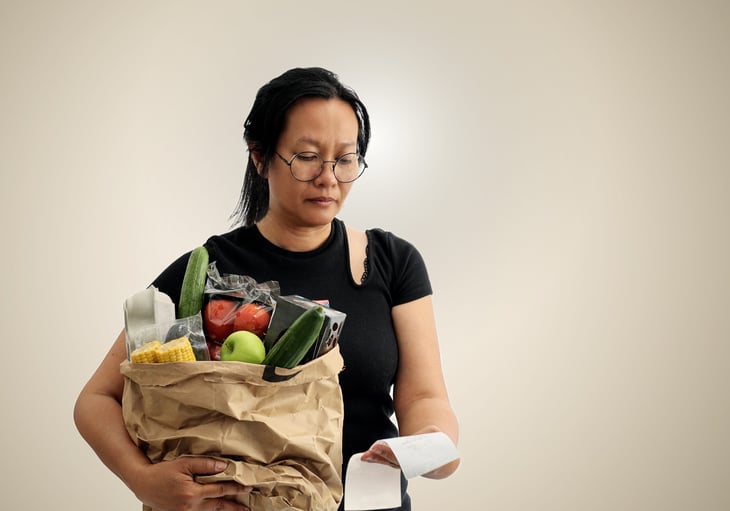
Editor's Note: This story originally appeared on Living on the Cheap.
Of course, everyone would like to cut the supermarket bill by 50% or more.
The average U.S. household, federal data shows, spent $5,703 on groceries in 2022.
But you don’t have to go to the extremes you see on “Extreme Couponing” or map out the invasion of the store like it’s a small dictatorship.
Instead, stock up on common sense and some planning. Here are several tips to slash that grocery bill and keep more money in your pocket. Ka-ching!
Clip coupons

If I handed you a $10 bill, you wouldn’t throw it away, right? So why toss those weekly newspaper coupon inserts?
Think of a coupon as cash.
Maximize your coupon sources

Coupons aren’t just found in newspapers anymore. Nowadays the best “coupon” deals are often found on a retailer’s smartphone app or on an app such as Ibotta.
Show some loyalty

Sure, markets are tracking your every purchase, but shoppers who use coupons and loyalty cards save, on average, more than 10% on groceries a year.
Though stores won’t reveal their criteria, frequent shoppers receive customized mailings filled with coupons four to six times a year.
Keep track of sales cycles

To really save money, keep tabs on a store’s circular week after week. You’ll spot sales patterns and learn to wait so you can time your purchases and stock up when deep discounts happen.
Depending on the item or brand, you can expect it to go on sale every four to 10 weeks. Seasonal items are usually a good bet when trying to find great deals.
Skip the handbasket

A study found that shoppers who use a basket tend to make impulse purchases.
Researchers say the tension and strain on the arm make shoppers more likely to pick up rewards such as candy and soda to make up for the sacrifice of carrying a shopping basket!
So push a regular shopping cart down the aisles to help you stick to your list. Which reminds me: Make a list before going grocery shopping.
Locate clearance shelves
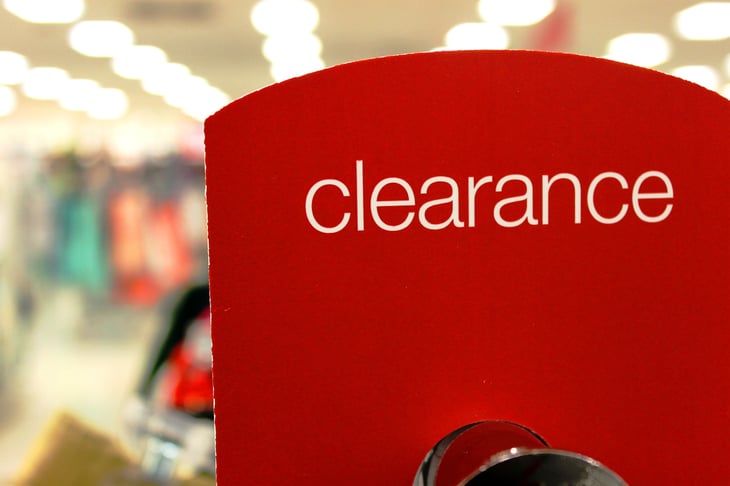
Supermarkets don’t make them easy to find, but clearance shelves are a treasure trove and should be your first stop.
Stockers regularly comb shelves for slightly damaged goods (say, a torn box) or pull merchandise that is being rebranded. These “Manager’s Specials” items are marked down as much as 50%.
If the product itself is undamaged (avoid dented cans), you can get a steal. If you happen to have a coupon, even better.
I once found eight bars of soap marked down to $1.48. With my $1 off coupon, I paid 48 cents.
Shop late in the day

This is when you’ll find discounts on perishable items such as meat, produce and bread. Make friends with the butcher.
Often all you have to do is ask for a discount at the day’s end. If they’ve got excess inventory, likely they’d rather sell it than toss it.
Buy store-brand products

You might be loyal to certain brands for certain products, but it’s worth trying out store brands to find ones that are comparable.
Not only will your total bill be less, but often, the quality of store-labeled products is the same, if not better, than the brand names.
Find the friendly checker
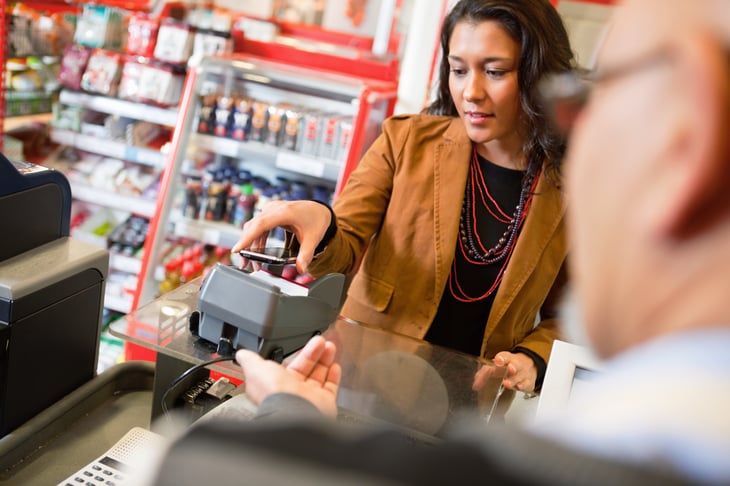
You know the one — with the big smile who isn’t counting the minutes until his next break.
I’ll wait an extra 10 minutes to get Tony as my checkout clerk. That’s because he’s the kind of guy who doesn’t roll his eyes when I plop down 20 or 30 coupons. Tony will rescan a coupon or type it in by hand if needed.
And if I have a BOGO, he patiently checks the price so I get the full credit.
Learn how to stack
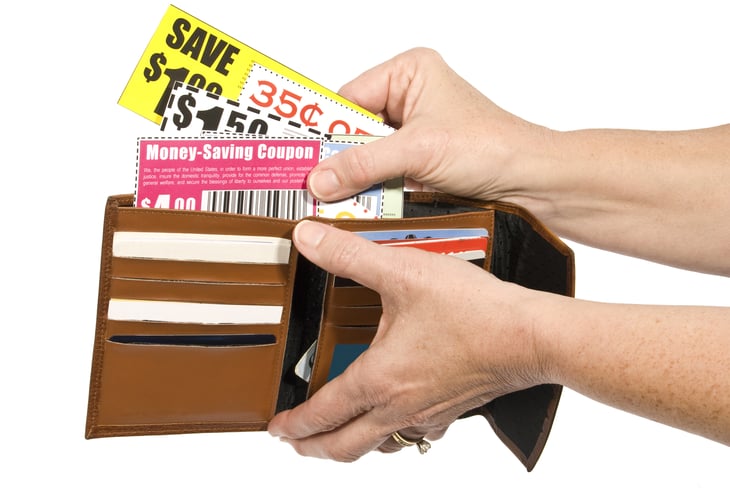
Stacking is when you use both a store’s coupon and a manufacturer’s coupon toward the purchase of a single product. (For instance: a $1 Target coupon for Colgate toothpaste plus a $1 manufacturers’ coupon for that same toothpaste equals $2 off at Target.)
With stores like Walgreens, Target, RiteAid and Whole Foods generating their own coupons, this is a way to double your buying power.
Don’t forget your catalinas
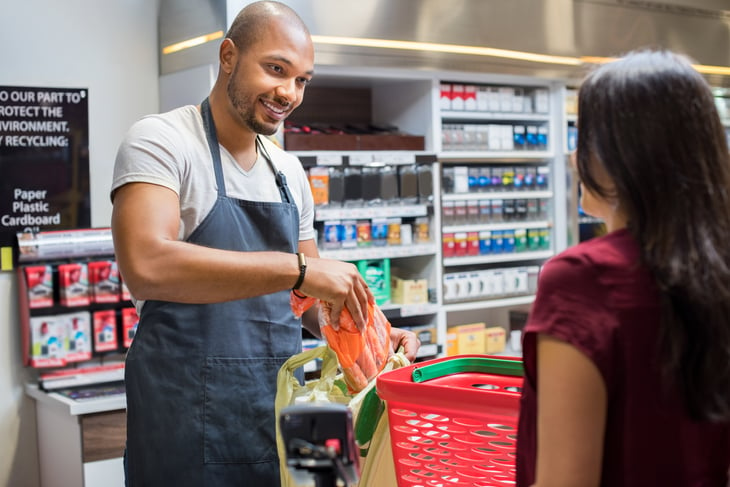
Named for the machine manufacturer that dispenses them, catalinas are those extra coupons generated at check-out.
Here’s how it typically works. Say you buy two cans of Del Monte pineapple. Competitor Dole programs the register to note when someone purchases Del Monte and spit out a coupon for Dole pineapple. Dole figures you like pineapple and may be willing to change brands with that added incentive.
They’re right. According to research by MaxPoint Interactive, three of four shoppers say they are more likely to try a new product at the grocery store if they have a coupon for it.
Double up
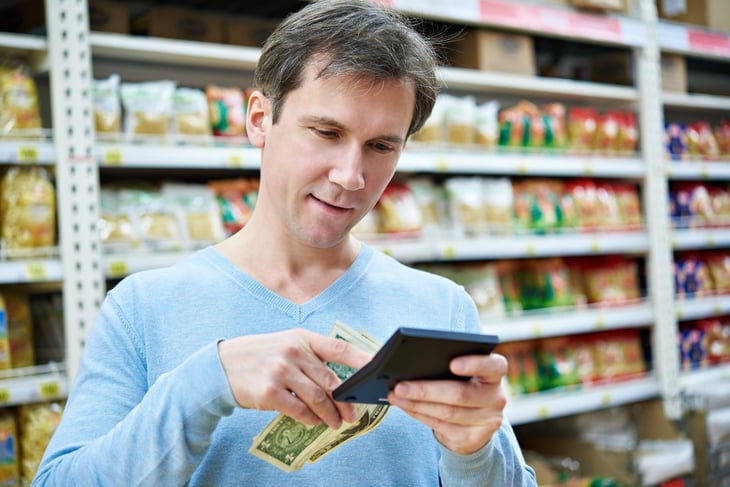
Most large national groceries have stopped doubling coupons, but if you live somewhere with a regional food chain that will give you twice a coupon’s value, you’re in luck! That’s a windfall, because every coupon worth 50 cents or more is worth $1.
Be aware that many of these chains’ doubling policies are made on a store-by-store basis.
What are your tips for saving money on groceries? What has been your best recent deal?





Add a Comment
Our Policy: We welcome relevant and respectful comments in order to foster healthy and informative discussions. All other comments may be removed. Comments with links are automatically held for moderation.